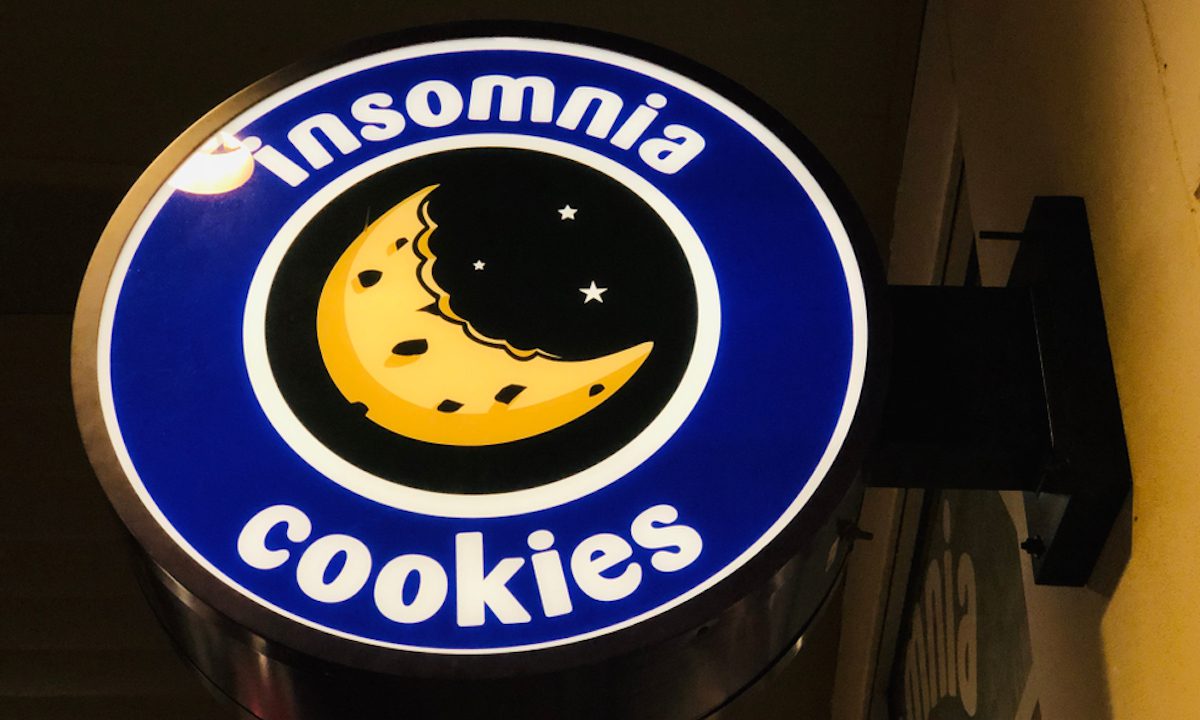After Strong Post-IPO Sales, Krispy Kreme Taps Insomnia For eCommerce Growth

For Krispy Kreme, the future is looking pretty sweet. In its first quarterly earnings report since going public, the company reported that its revenue grew 43 percent year over year to almost $350 million, which the company described as a successful execution of its increasing focus on omnichannel availability.
However, for all this revenue growth, digital transactions represented only 19 percent of the company’s overall sales. For context, Starbucks’ mobile orders make up 26 percent of transactions, and Tim Horton’s digital sales account for over 30 percent. Still, Krispy Kreme describes its eCommerce business as “rapidly growing,” with the company planning to expand its online ordering and delivery availability in the months ahead. On a call with analysts, Krispy Kreme CEO Mike Tattersfield added that the company expects its eCommerce mix to grow in the quarters ahead.
“The power of eCommerce is clear,” he said. “In the full year 2020, 82 percent of U.S. eCommerce delivery transactions were incremental to sales, and eCommerce transaction values have increased as we expand our offerings into new areas like catering, gifting and dark kitchen expansion.”
In the SEC filing, the brand added that its 2018 acquisition of bakery chain Insomnia Cookies, known for its late-night deliveries, is part of this strategy, with the doughnut chain tapping the cookie brand for its digital expertise. In 2020, half of Insomnia’s sales were for delivery, and 54 percent were placed online. The cookie chain opened its 200th location during the quarter.
“I must highlight that Insomnia Cookies was a key component of our outstanding Q2 growth, a proven winner that has clearly grown beyond its college campus origins,” said Tattersfield. “The second quarter saw Insomnia continue to deliver in digital innovation, new product development and operations excellence.”
“We are an omnichannel business,” the company stated in a filing with the U.S. Securities and Exchange Commission (SEC) in June in advance of its public offering, adding that its channels include restaurants, a convenience store presence, packaged retail foods, and eCommerce. Regarding the latter, the filing added, “Our eCommerce platform and delivery capability are significant enablers of our omnichannel growth.”
See also: Krispy Kreme Files For IPO Amid ‘Indulgence’ Growth
Regarding the consumer-packaged-goods (CPG) part of the company’s omnichannel strategy, the company’s CFO Josh Charlesworth said on the call that the chain plans on its branded sweet treats business becoming profitable by the end of the year. In the summer of 2020, the packaged foods line launched in Walmart at 4,700 stores. Now, it has rolled out to more retailers, including grocery giant Albertsons Co. The line is part of the brand’s intention to reach a greater portion of consumers’ eating habits, pushing beyond the bakeshop.
Tattersfield added, “We believe the sweet treat line is scalable and will allow us to push toward wide distribution through grocery stores and convenience stores.”
The strong quarter comes after a rush of investor interest following the donut chain’s initial public offering (IPO). In the first day of trading, shares soared from $16.30 to $21, a 29 percent increase.
Read more: Krispy Kreme Ends First Trading Day At $21 After Opening Above $16
